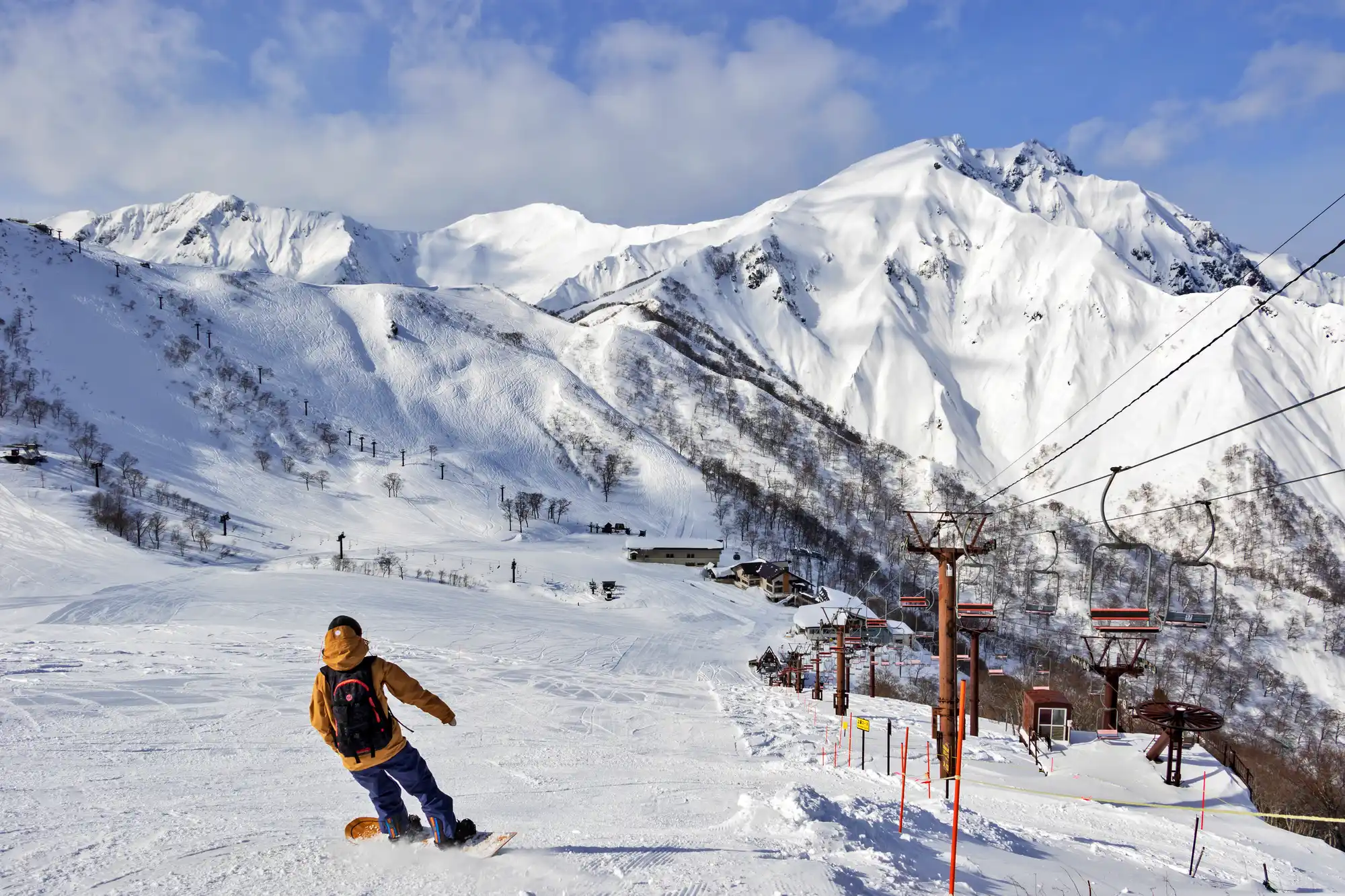
6 Recommended Ski and Onsen destinations
In Japan, there are ski resorts where powder snow can be enjoyed. Powder snow is easy to ski due to its low water content and fine particles, and gives a floating sensation as if you were flying. Onsens in Japan have been used since ancient times to cure illnesses and improve health. After a day of exertion on the slopes, warming up in an onsen bath with its full benefits is sure to heal both body and soul. In this issue, we introduce areas where you can enjoy both skiing and onsens!
Recommended Ski and Onsen Resorts
Hakuba
HAKUBA VALLEY is the collective name for Hakuba Village, Kotani Village and Omachi City, located at the foot of the Northern Alps in northern Nagano Prefecture. The term Hakuba ski resort usually refers to HAKUBA VALLEY. HAKUBA VALLEY is home to 10 ski resorts, each with its own unique character.
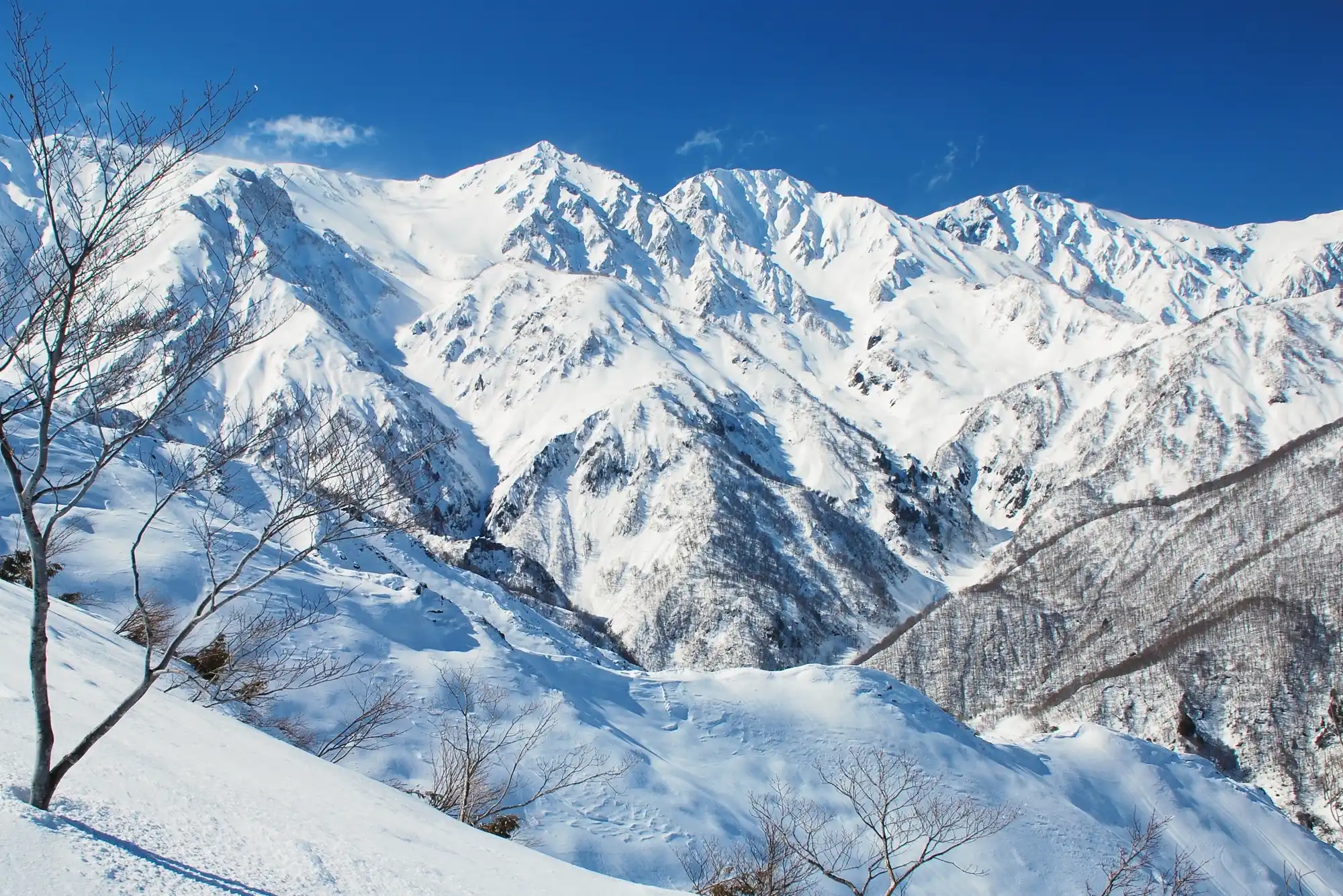
At HAKUBA VALLEY, you can use a common lift pass for all ski resorts. The All Ski Area Lift Pass is a lift ticket that allows you to use 10 ski areas in the Hakuba area with a single pass. You can move freely between ski areas and use several ski areas in one day.
The ten unique ski resorts offer a variety of courses to satisfy beginners and advanced skiers alike. Some ski areas have gentle slopes and kids' parks to satisfy first-time skiers and families. They are also perfect for young children's first snow experience.
In addition to skiing, snowshoeing, snowmobiling and snow rafting offer beautiful snowy scenery. None of these activities require special skills and all equipment can be rented.
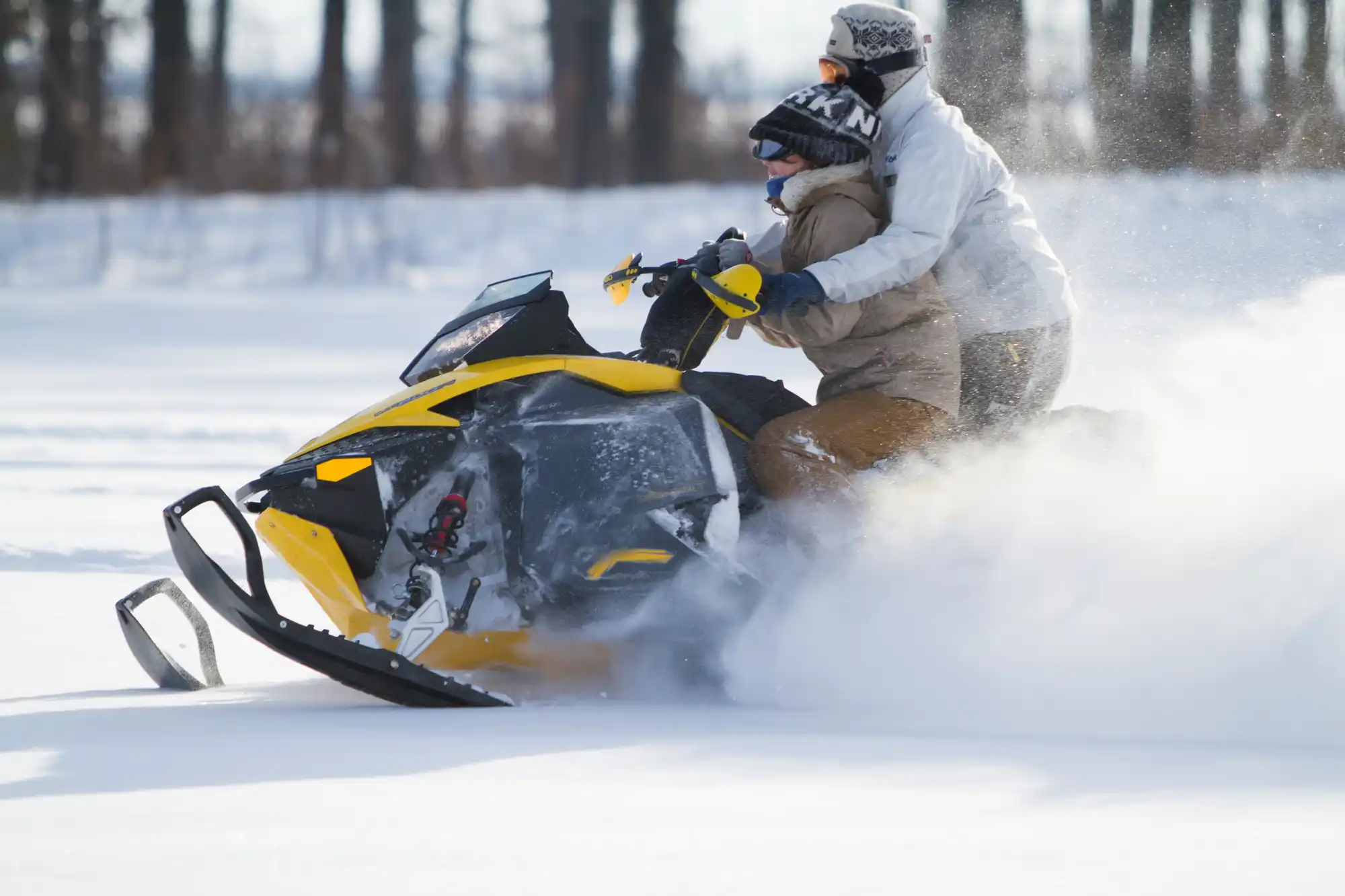
The Hakuba area offers an abundance of onsens and numerous day-trip bathing facilities.
Hakuba Village is a rare onsen resort with six springs - it is rare in Japan to have six springs in one village, each with its own unique characteristics. These include Hakuba Happo Onsen, which is one of the rarest natural hydrogen onsens in the world, and Hakuba Shionomichi Onsen, which is fed by seawater that is 25 million years old. Of the several onsens in Kotani Village, Oku Hakuba Onsen, Hakuba Norikura Onsen and Tsugaike Onsen are close to the slopes, so you can relax after winter sports. In Omachi City, Omachi Onsen-kyo and Kisakiko Onsen are conveniently close to the ski slopes.
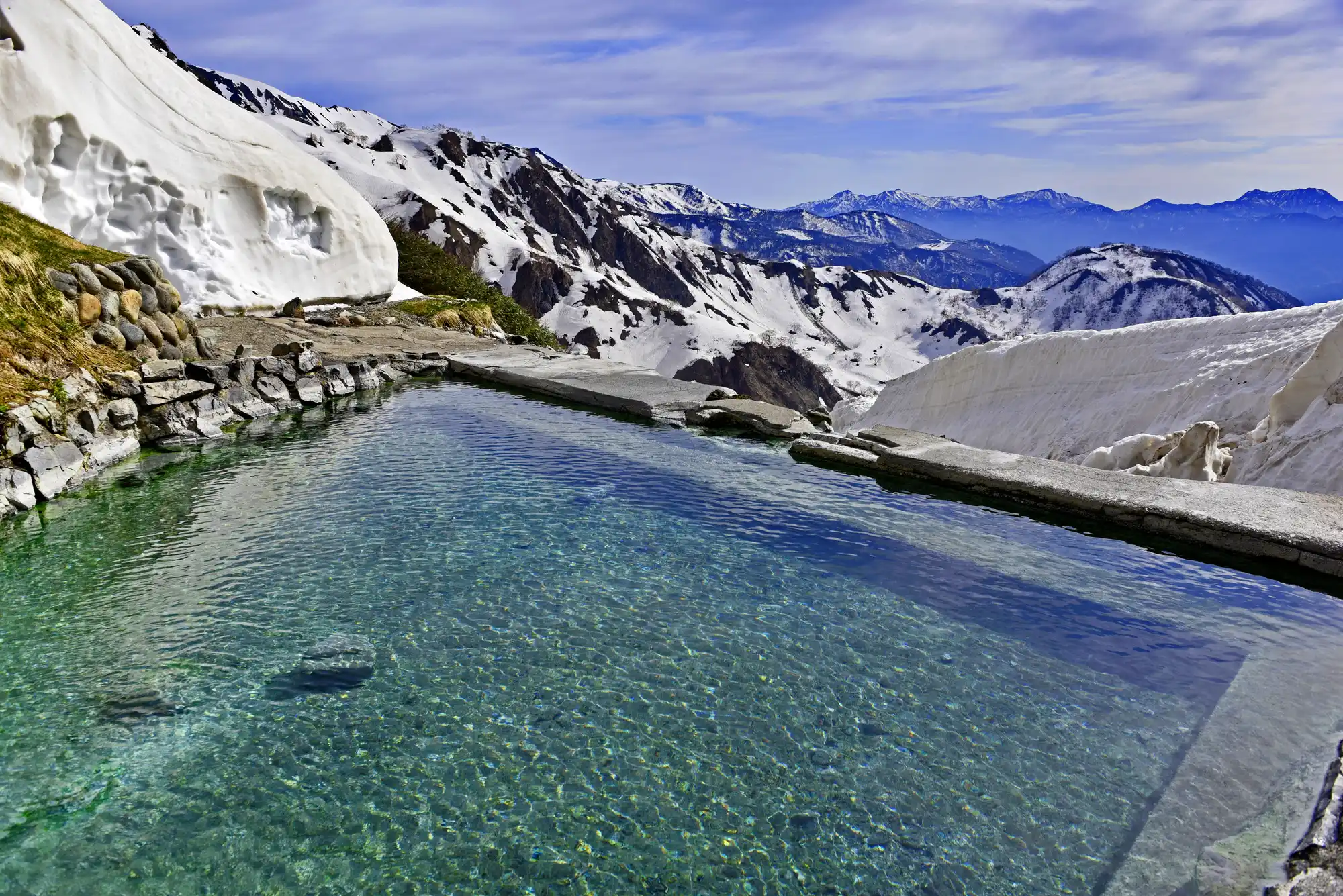
HAKUBA VALLEY has such vast slopes that you can't cover them all in a day, so a longer stay is recommended. Firstly, it is convenient to decide on a ski resort as a base and then look for accommodation around it; in HAKUBA VALLEY, you can choose hotels directly connected to the ski slopes or onsen ryokan (onsen inns) to suit your budget and style of stay.
Niseko Resort
The powder snow in Niseko, Hokkaido, is known for its world-class quality. The term "JAPOW", coined in Japan to describe powder snow, is said to have originated in Niseko. Powder snow is characterized by low water content and fine particles. It is easy to ski because there is little resistance when skiing, and you feel as if you are floating in the air. In Niseko, the snow tightens up as the temperature drops further after sunset, making it even easier to ski at night.
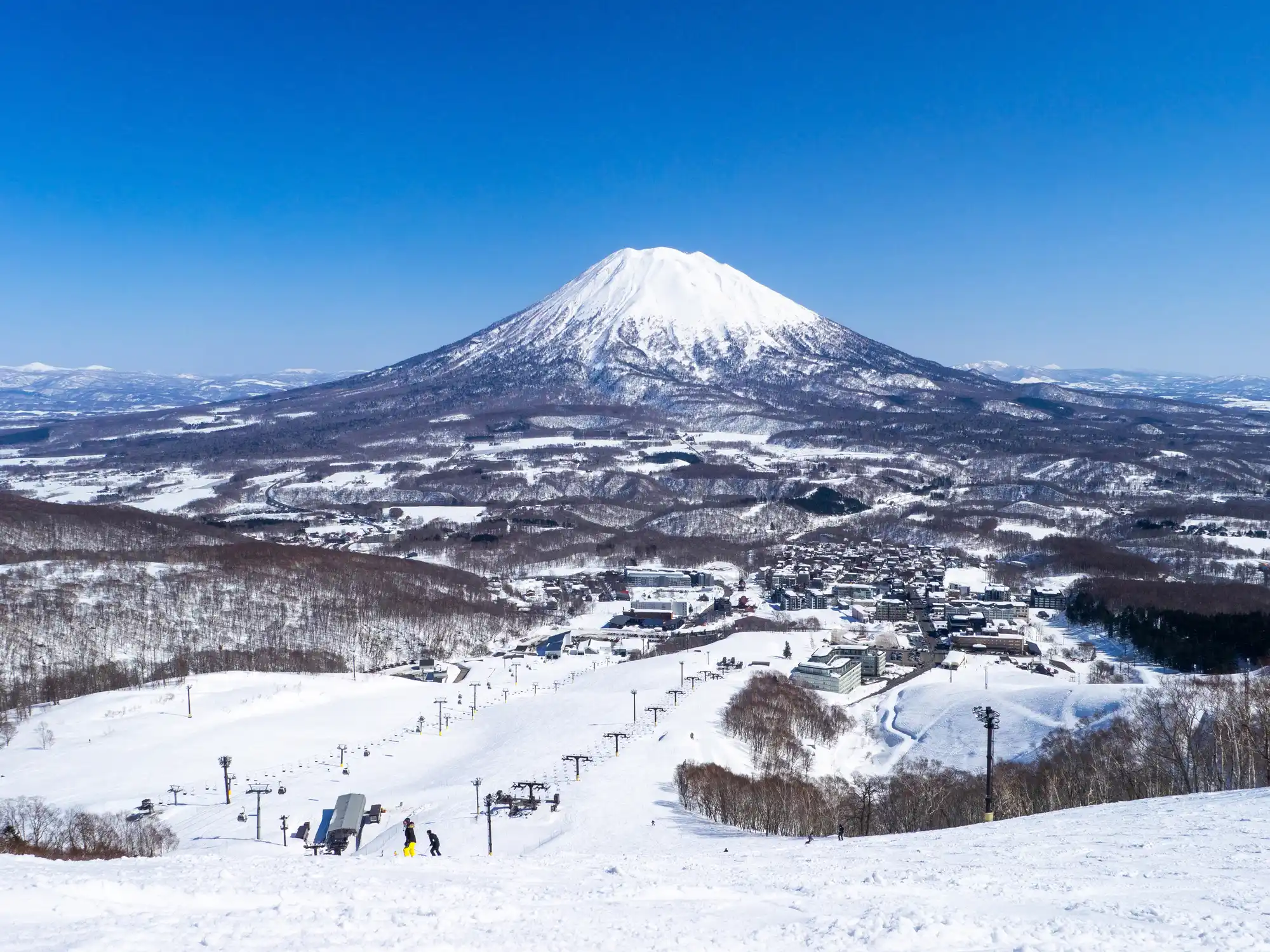
The quality of the snow is highly regarded worldwide and attracts many visitors from abroad. For this reason, among Japanese resorts, Niseko tends to be more advanced in dealing with foreign guests than any other.
At an altitude of 1,308 m, the ski resort area known as 'Niseko United' is spread out at the foot of Mount Niseko Annupuri. Niseko United is the collective name for four large ski resorts, all connected at the summit. With an all-mountain lift pass, season ticket or IKON PASS, you can travel freely between the four ski resorts.
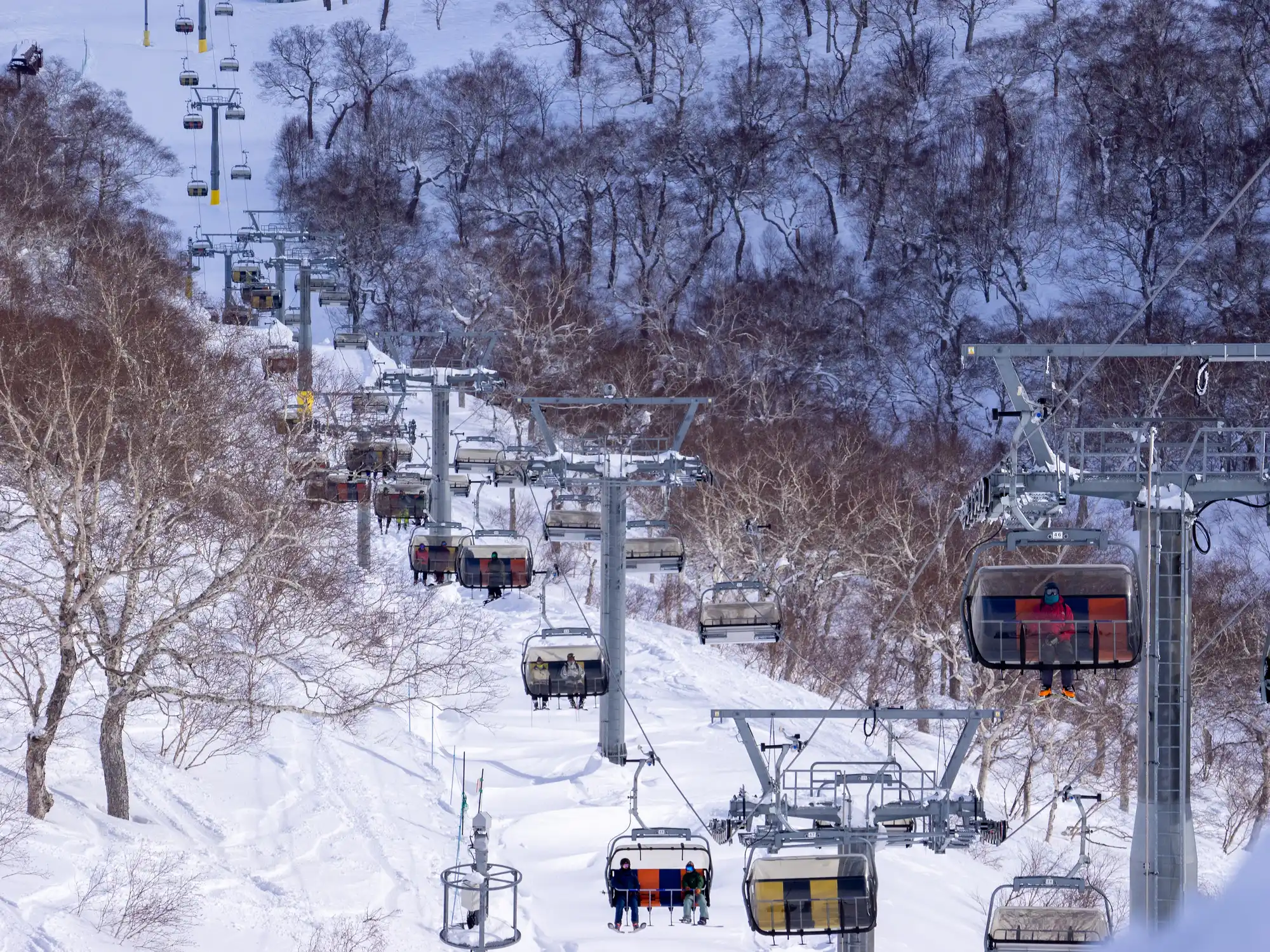
The Niseko Moiwa Ski Resort is located on the 839 m high Moiwa Mountain, south-west of Niseko Annupuri Mountain. Niseko Moiwa Ski Resort is a private, private feeling slope that locals love. Although Nicosé is becoming increasingly internationalized, the slopes are characterized by Japanese staff and locals. Being the closest to the sea in Niseko, the powder snow is moderately moist and the snow crystals are well defined.

Niseko is dotted with a large number of thermal springs. They are characterized by the variety of spring qualities. A tour of the onsens is the best way to enjoy the different qualities of the springs. There is a wide range of accommodation near the ski slopes where you can enjoy natural onsens. Not only overnight stays, but also day-trip bathing facilities are available.
Zao Onsen
Zao Onsen Ski Resort is located in Zao Onsen, Yamagata City, Yamagata Prefecture. The total ski area is 127.22 hectares, one of the largest in the Tohoku region. Beginners and intermediate skiers occupy 80% of the runs, but there are also challenging runs for thrill-seeking experts.
The main attraction is the world created by the ice and snow art of juhyō (樹氷). Ice is formed when water vapor and water droplets on trees freeze. Trees that are completely covered in ice are known as snow monsters. Several weather conditions must be met for tree ice to form. Tree ice is a rare phenomenon in the world, which can only be seen in limited areas.
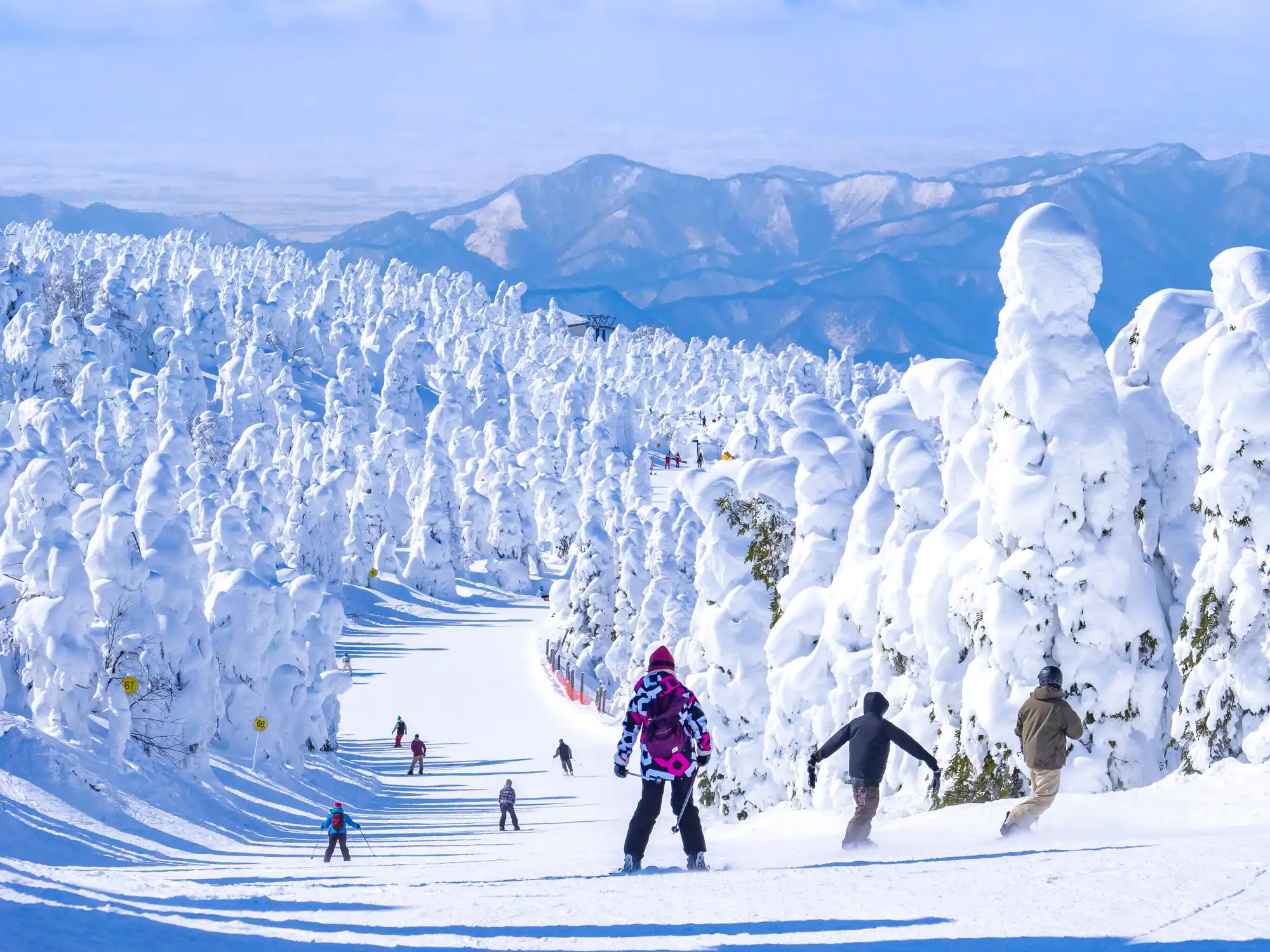
At the Zao Onsen ski resort, you can see the rare snow monster of tree ice. The trails covered with ice are like something out of a fairy tale. Snow trekking with snowshoes allows you to get up close and personal with the dynamic and mysterious landscape. The ice is lit up at night, giving it a different look from the daytime.
Zao Onsen is an Onsen with a long history, which is said to have opened some 1,900 years ago. The onsens are said to rejuvenate the skin and blood vessels and have the effect of creating beautiful skin. There are three communal bathhouses in the onsen town. There is also a wide range of hotels, inns and facilities available for one-day trips.

Nozawa Onsen
Nozawa Onsen Ski Resort is located in Nozawa Onsen Village in northern Nagano Prefecture. Nozawa Onsen Village is a village that has developed around onsens and skiing. Nozawa Onsen is also located in the same village.
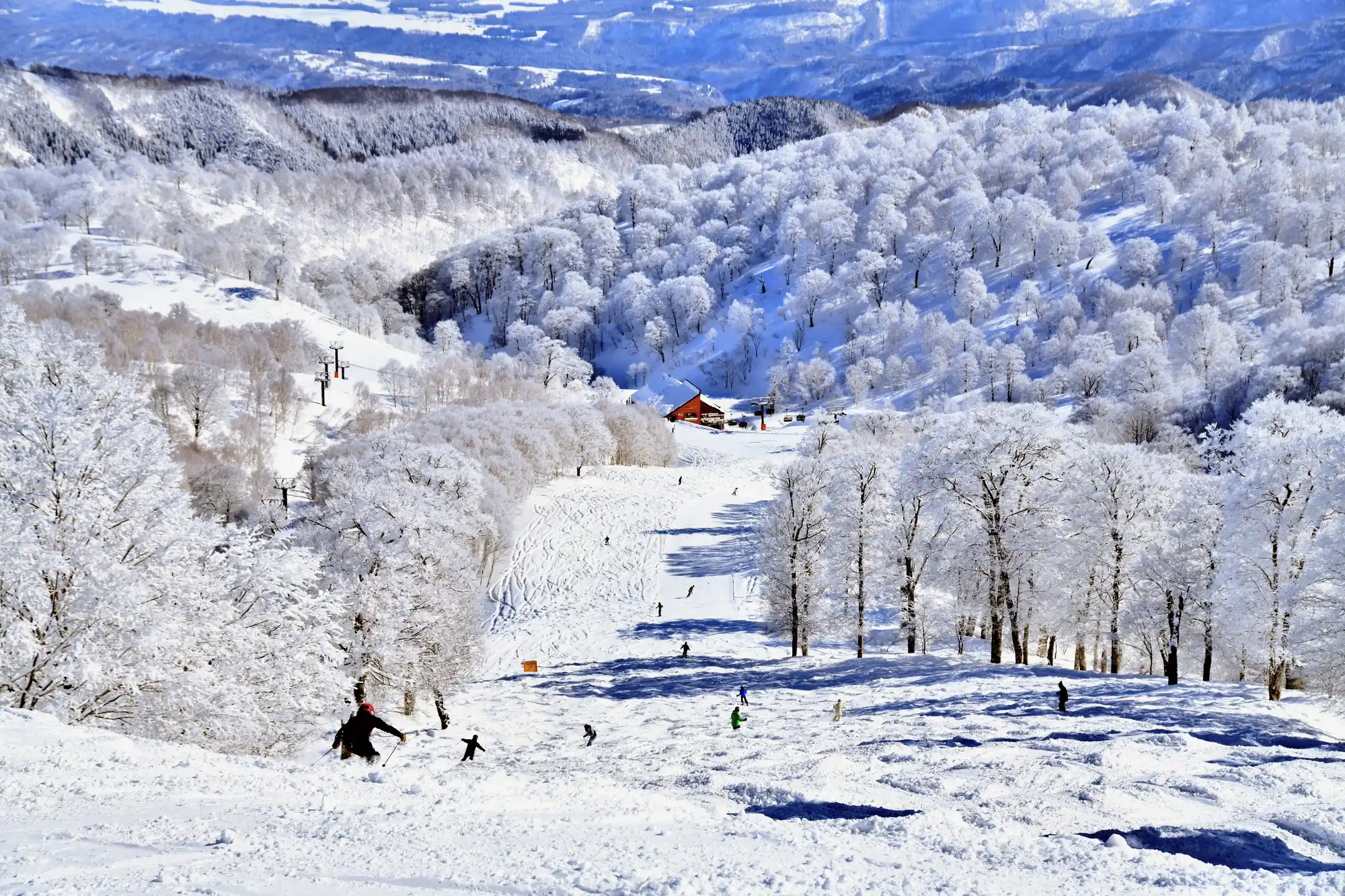
Nozawa Onsen Ski Resort is a long-established ski resort established in 1924 and is one of the best in Japan with a total area of 297 ha of slopes and courses. Located at the foot of a 1650 m altitude, it is blessed with an abundance of snow and is popular for its long season enjoyment. More than half of the courses are suitable for beginners and intermediate skiers.
Nozawa Onsen, which is said to have opened around the 8th century, is a renowned onsen spa that has flourished as a therapeutic bath since the Edo period (1603-1868). The onsen town is dotted with 13 out-spa baths used by the locals. The buildings all differ in shape, and there are slight differences in spring quality and efficacy from one bath to another. Most of the out-spa baths draw their water from a source called Ogama. The water gushes out at nearly 90°C in the hemp kettle, where the locals usually boil vegetables and eggs. One of the attractions of Nozawa Onsen is that you can experience the daily life of a village with an onsen. Ogama is also designated as a national natural monument.
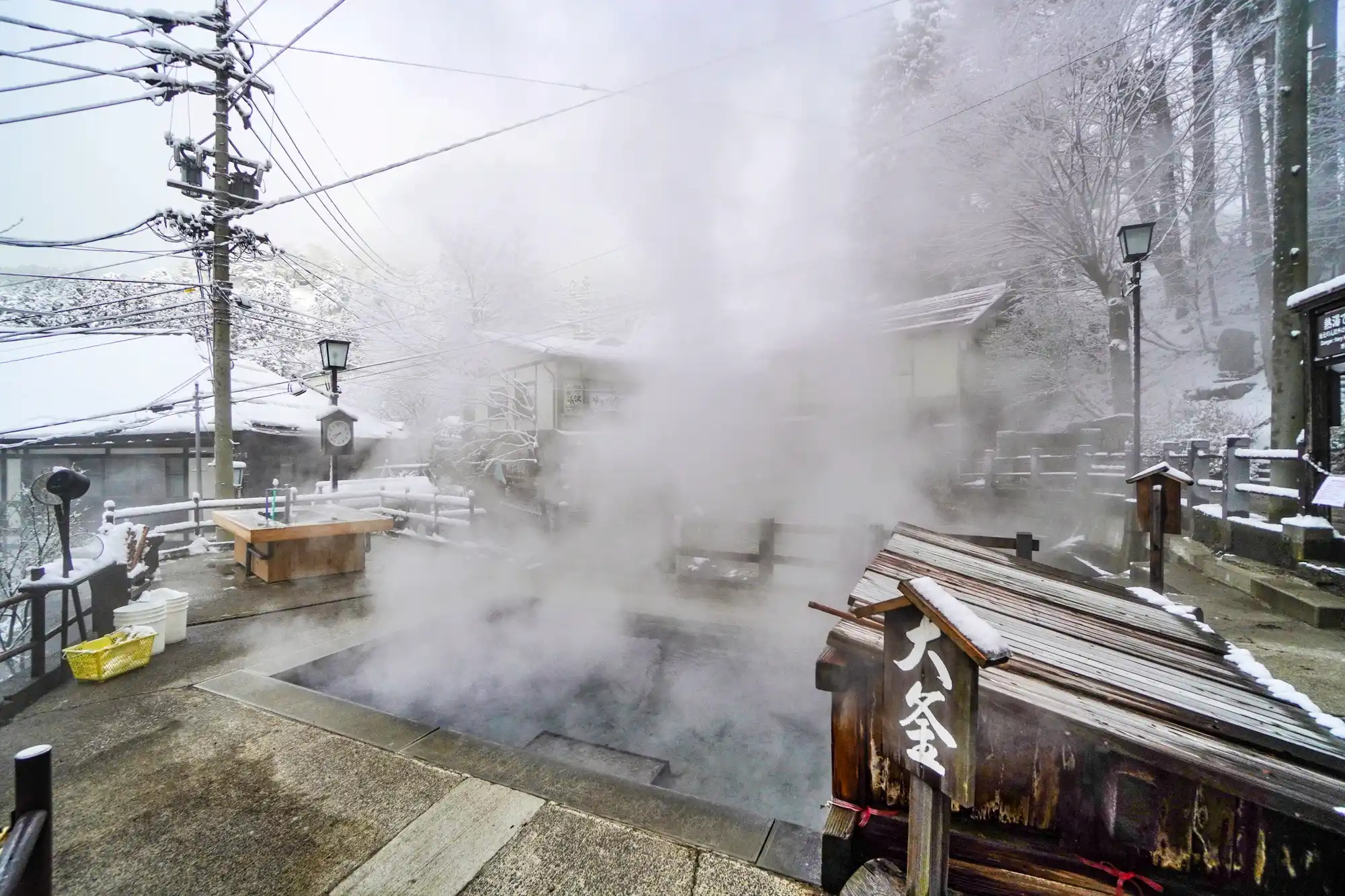
Some foreigners may be uncomfortable with the idea of naked mixed bathing. Nozawa Onsen is a safe choice for those who are hesitant about bathing in onsens. Nozawa Onsen Spa Rina is an Onsen facility where you can bathe in a swimming costume. Those who want to try onsens but are hesitant can easily enjoy them.
Recommended Onsen facilities
Nozawa Onsen | Kawaichiya Ryokan
.jpg)
<Onsens features>
At the Kawachiya ryokan, guests can enjoy the natural monument spring "Ogama" and the renowned spring "Shinyu", which is renowned as the best onsen in the world.
The ryokan has an open-air bath and indoor bath in the public bathhouse, as well as guest rooms with an open-air onsen bath. From among the more than 30 sources in the village, the Ogama source and Shinyu source are used.
.jpg)
The open-air baths offer the best quality true onsen water in Nozawa Onsen, which is free-flowing at the source. The water changes color to milky white, emerald green or colorless depending on the temperature and the temperature of the ground. It is said to be particularly good for ailments when heated. Hot water is drawn from a hemp kettle for the indoor baths. The water is colorless, transparent and smells of sulfur. It is effective for neuralgia, muscular pain and joint pain.
.jpg)
The onsen open-air baths in the guest rooms are watered by the Shinyu source. Japanese and Western-style rooms with a capacity of 5 and 3 persons are available. There is a minibar, and coffee, tea and tea are always available with delicious water from Nozawa Onsen. They come with a living room where you can relax and unwind. In the onsen outdoor baths in the rooms, you can enjoy your private time without worrying about anyone else.
<Distance and transportation from ski resort>
The distance from the ryokan to the Nozawa Onsen ski resort is approximately 950 m. 10 minutes on foot. 5 mins by taxi.
Minakami Onsen
Located in northern Gunma Prefecture, Minakami Town, Tone County, is a popular winter sports area. The Joetsu Shinkansen bullet train is the quickest way to reach the area from central Tokyo, taking approximately one hour. Despite being within easy access of central Tokyo, the area retains much of its precious nature.

In winter, the town is blessed with an abundance of snow and there are eight ski resorts in the town. With a common lift ticket or a common season ticket, you can use all eight ski resorts. There are ski resorts for children and adults, beginners to intermediate and advanced skiers. A wide range of snow activities such as snow riding, airboarding and snowmobiling are also available. The only dog sledding experience in Honshu is particularly popular. There are also two other kids' parks where the whole family can play together.
Minakami Onsen-kyo is located in the area where the JR Joetsu Line's Minakami Station, which serves as the town's gateway, is located. Minakami Onsen is said to have been discovered around the 16th century and has a history of about 460 years. Ryokan (traditional Japanese inns) line the valley of the Tone River, which flows at the foot of Mt Tanigawa. Minakami Onsen is attractive for its magnificent valley beauty and has been loved by many literary figures.
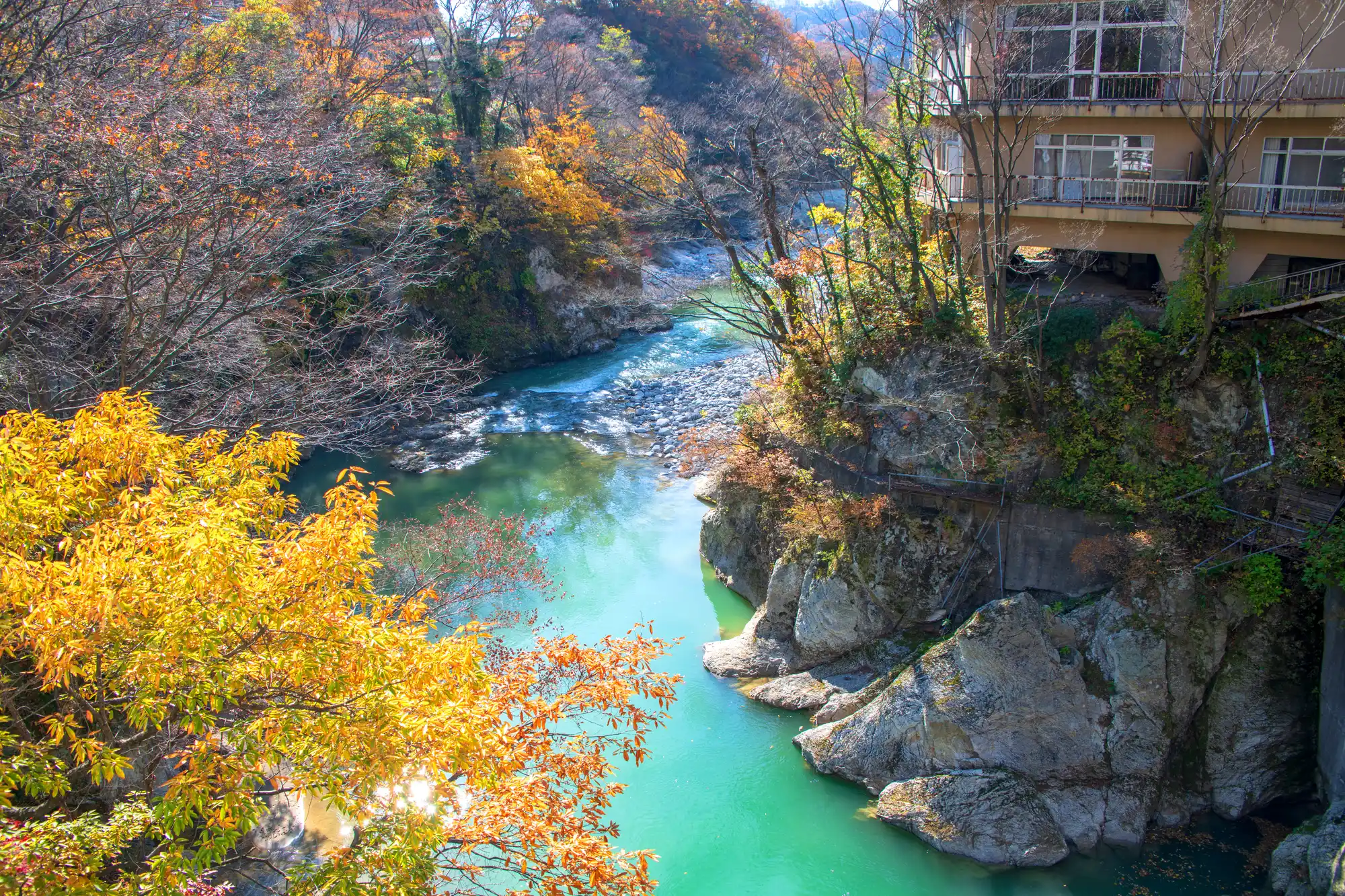
Some facilities and inns in Minakami Onsen offer day-trip skiing and onsen baths. At Fureai Koryukan, you can not only get tourist information at the tourist information center inside the building, but also enjoy a day trip to the onsen. Fureai Koryukan is a 10-minute walk from Suikami Station and is located in the center of the Suikami spa resort.
Shiga Kogen
Located in the north-east of Nagano Prefecture, the Shiga Kogen Plateau is a highland area at an altitude of 1,300 m to 2,300 m above sea level.
Shiga Kogen Mountain Resort is one of Japan's largest snow resorts in Shiga Kogen. There are 18 ski resorts of various sizes and varieties within the area at an altitude of 1,330 m - 2,307 m. The total area is 400 hectares and the number of courses is the largest in Honshu. The snow quality is as good as Hokkaido's powder snow due to the high altitude of more than 2,000 m in many places.
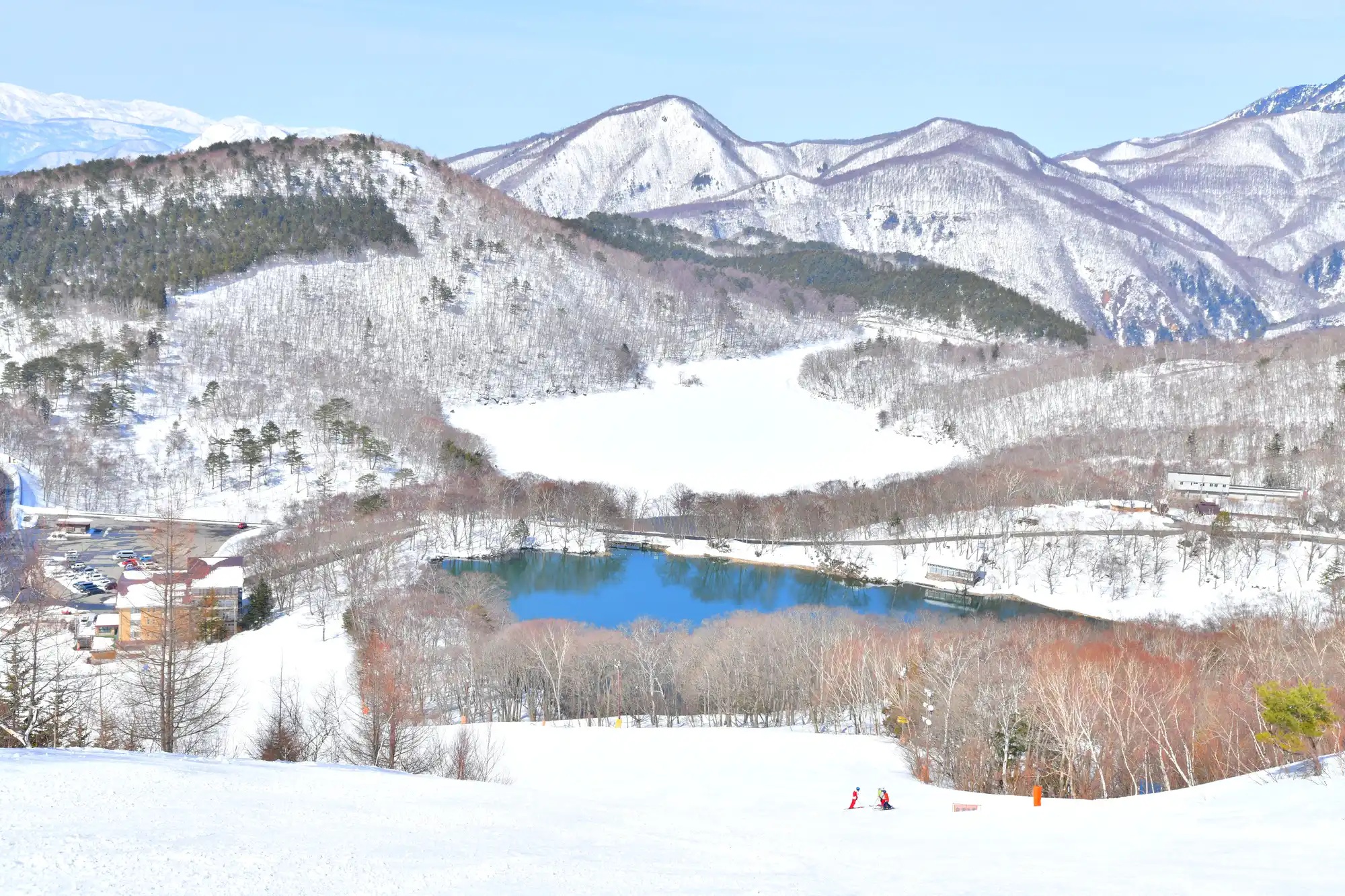
With a common lift pass, you can ski at all ski resorts. Many ski areas are open for night skiing, so you can visit several ski areas and play from morning till night.
Shiga Kogen has been known as an onsen resort for about 170 years. There are many onsens in Shiga Kogen. The main onsens include Kumanoyu Onsen, Kumanoyu Hotaru Onsen, Kidoike Onsen, Shigayama Onsen, Hoppo Onsen, Takamagahara Onsen and Makuiwa Onsen. There are numerous ryokan and hotels near each ski resort, providing direct access from the slopes. When you are tired of playing, you can return to your inn and immediately warm up your cold body and relieve your fatigue, which is the charm of Shiga Kogen. Some facilities also offer day-trip bathing.
At the entrance to Shiga Kogen Mountain Resort is Yudanaka & Shibu Onsen Resort. Yudanaka & Shibu Onsen Resort consists of nine onsen towns. Each of the onsen towns has an old history and a different character.
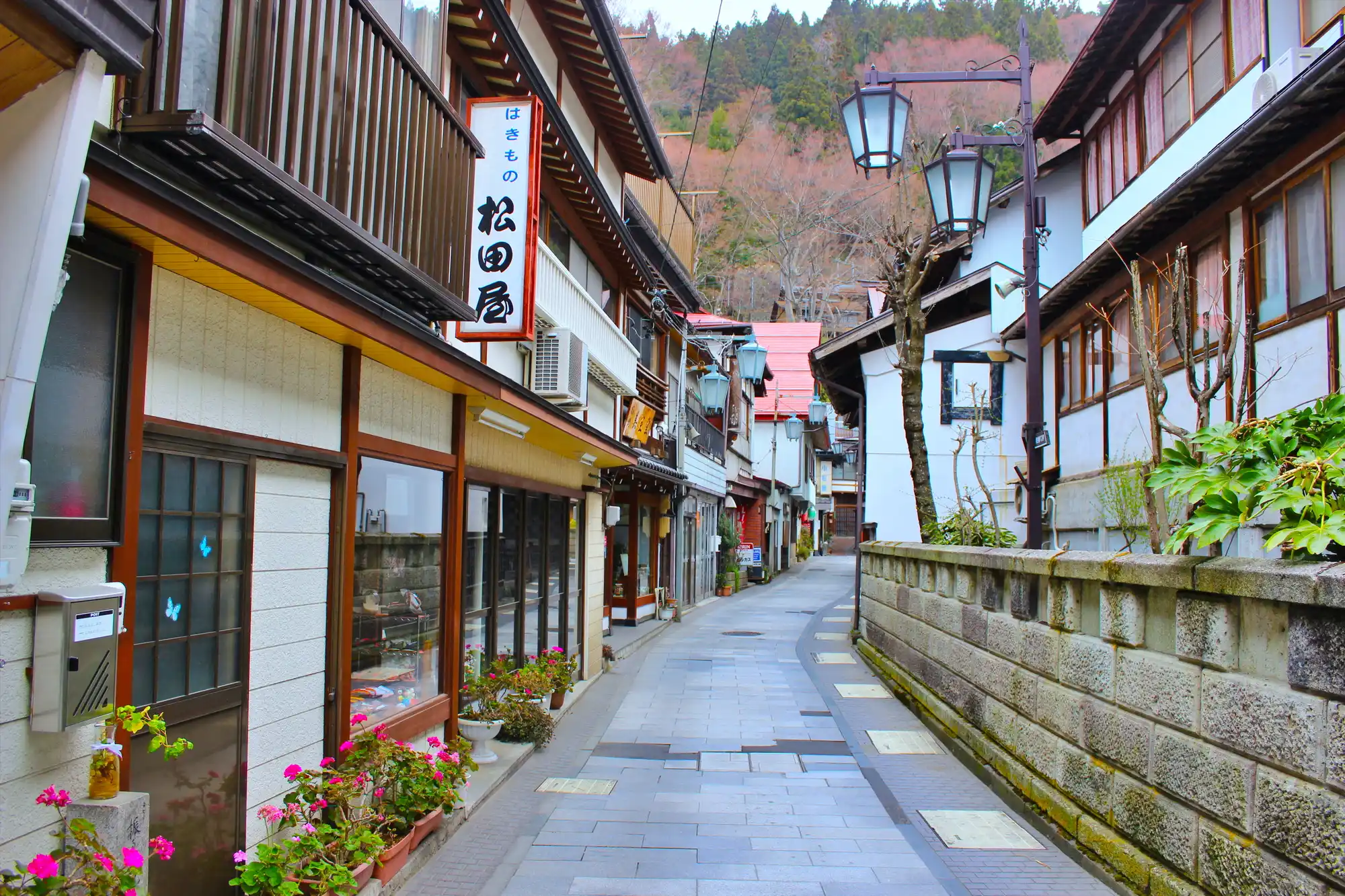
Shibu Onsen, one of the onsen towns that make up Yudanaka & Shibu Onsen Resort, has a retro townscape. Shibu Onsen is an onsen with a long history, dating back 1,300 years. The onsen resort has many intricate wooden buildings built between the Taisho and early Showa eras and repeatedly extended and reconstructed, creating a unique landscape. Shibu Onsen has nine out-spa baths used by the locals.
Recommended Onsen facilities
Rekishi no yado KANAGUYA
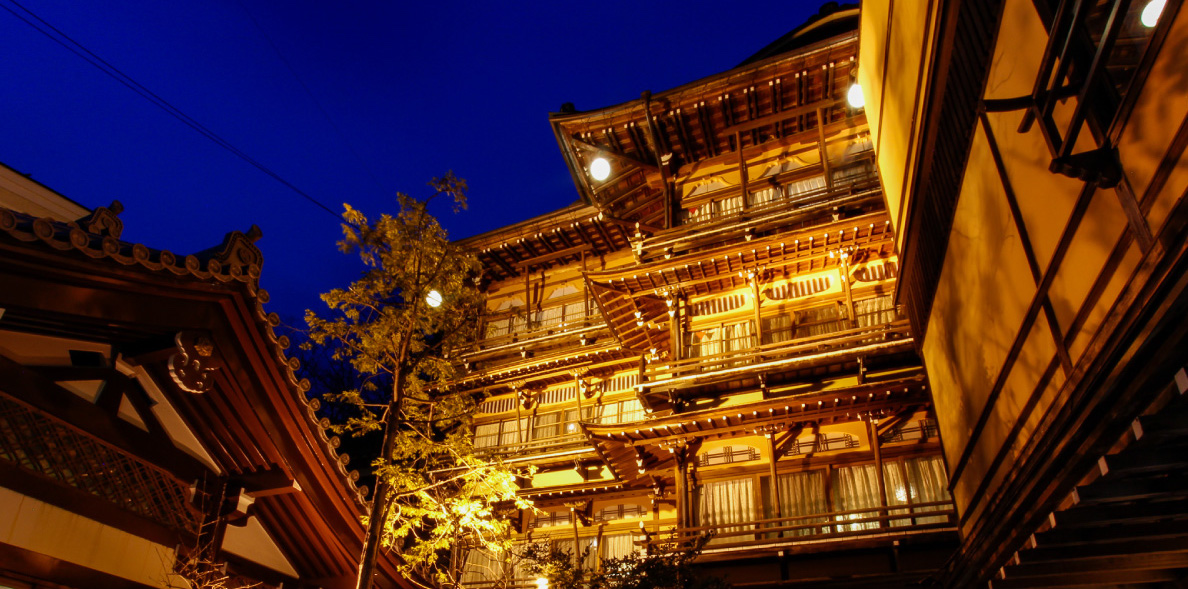
<Onsens features>
This onsen hotel in Shibu Onsens was built in the early Showa period and retains its original architecture and the onsen culture of the time. The hardware store building is recognised as a registered tangible cultural property of Japan, as it is the norm of its period's form.
There are a total of eight baths in the hotel: three large baths and five private baths. All of the hot water comes from the Onsens themselves, from the hot water outlets and from the taps. The hot water is 100% free-flowing volcanic high onsen water.
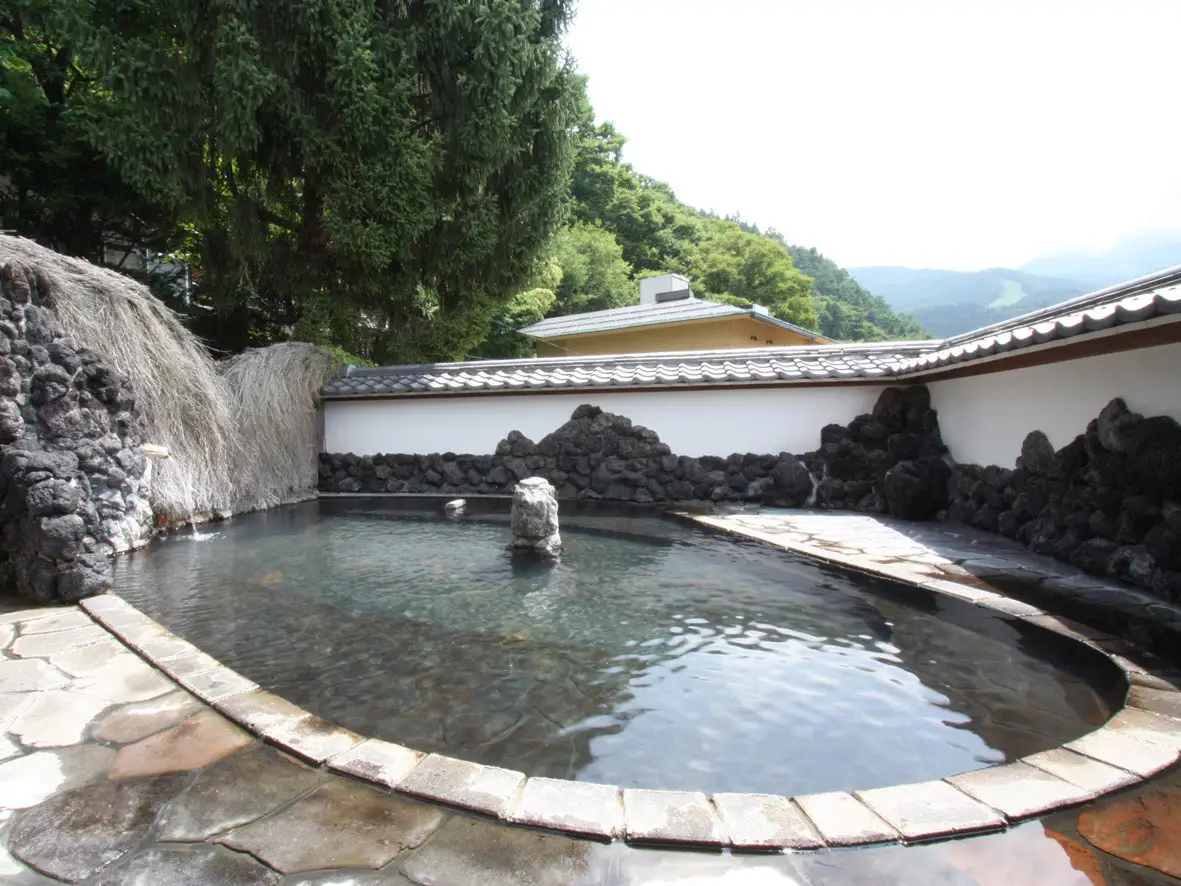
The open-air baths are located on the roof. Men and women are separated, so you can bathe comfortably without being bothered.
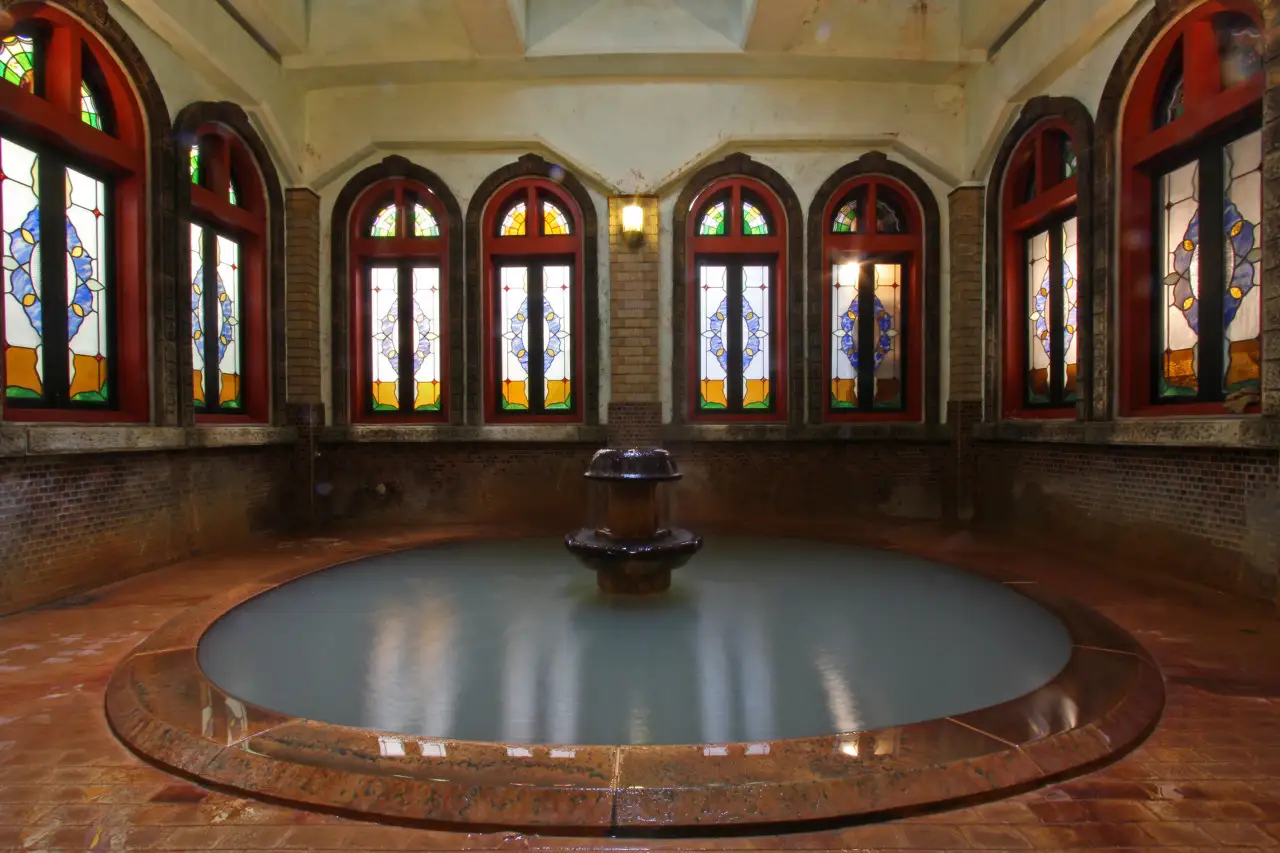
The indoor baths are a Japanese-style bath built in the style of Kamakura-era architecture and a Western-style bath modeled after a Roman fountain. The Western-style bathrooms also feature classical stained-glass windows.
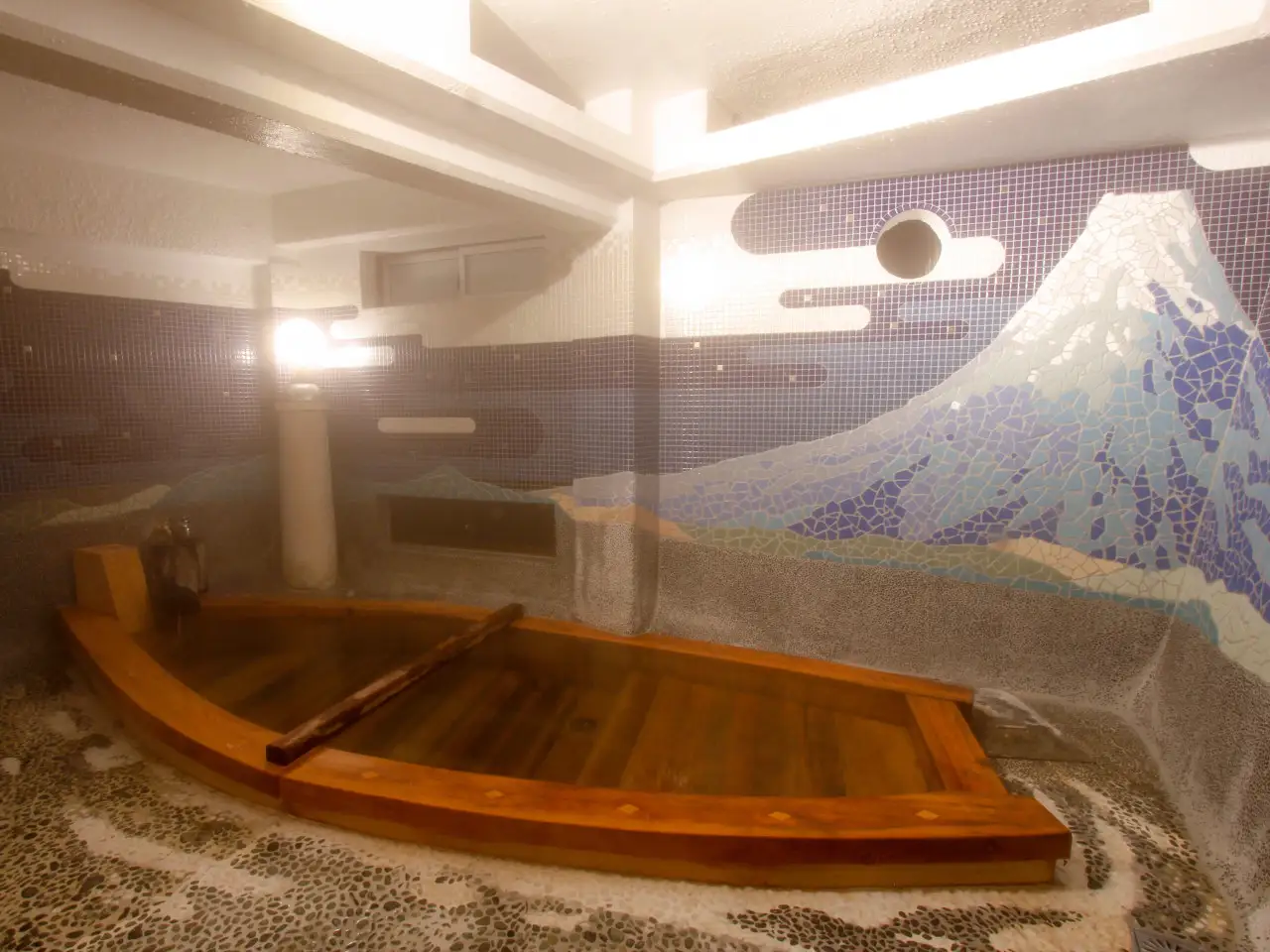
Use of the five private baths is free of charge. Reservations are not required and you can lock the baths from the inside when available. There are baths in the shape of a ship, circular baths made of fine wood and stone baths, which make bathing an enjoyable experience. The interior design of each bath is different, so you can enjoy different luxurious moments in the same private bath.
<Distance and transportation from ski resort>
Shiga Kogen Mountain Resort is approximately 11.7 km from the ryokan. From the nearest bus stop, it takes about 30 minutes by bus to Shiga Kogen Mountain Resort.
Depart from Nagaden bus stop "Shibu Onsen"
- Okushiga Kogen Line bound for Shiga Kogen Yama no Eki or Okushiga Kogen Hotel, alighting at Shiga Kogen Yama no Eki
- Shirane Kazan Line bound for Shibu Touge, alighting at Shiga Kogen Yama no Eki
Search by Prefecture
Search by Onsen area
- Hokkaido
- Nagano
- Akita
- Kanagawa
- Yamagata
- Shizuoka
- Gifu
- Hyogo
- Wakayama
- Yamanashi
- Kumamoto
- Oita
- Fukushima
- Tochigi
- Gunma
- Ishikawa
- Shimane
- Ehime
- Saga
- Kagoshima
